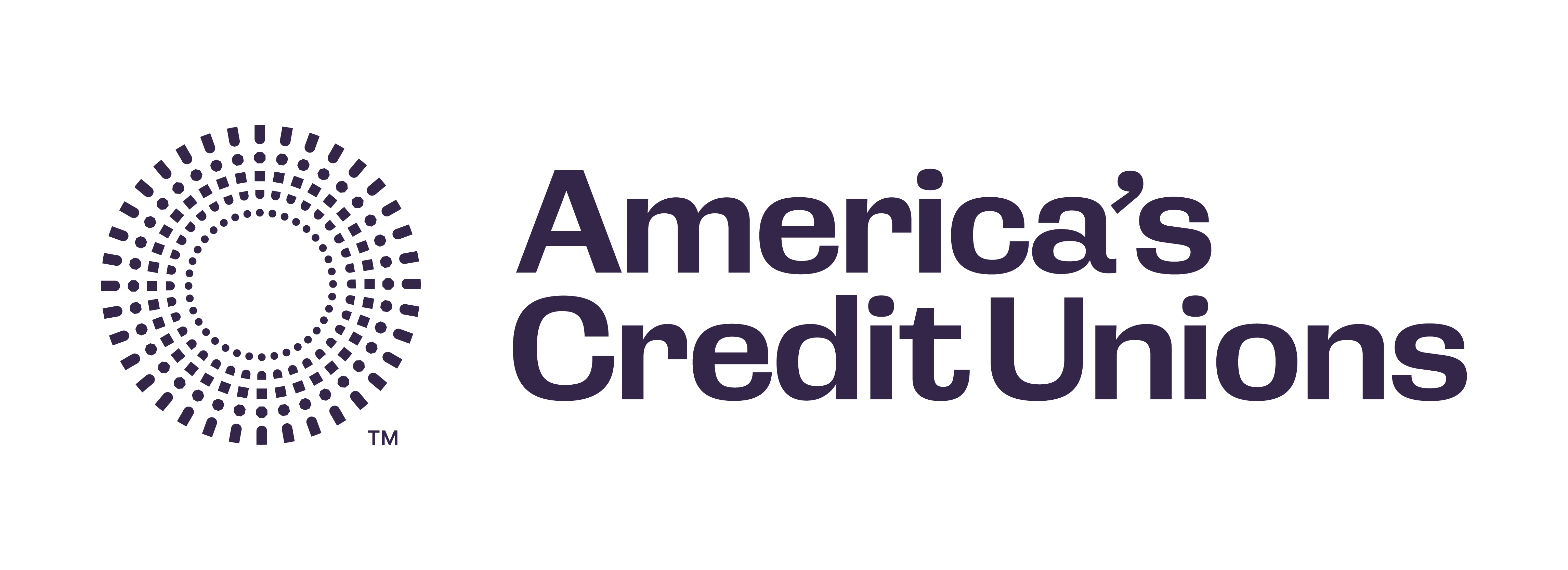Newsroom
FOMC minutes reveal concerns about persistent inflation
 The Federal Open Market Committee (FOMC) Wednesday released minutes from its June meeting that revealed participants agreed that the economic outlook warranted moving to a restrictive stance of policy, and they recognized the possibility that an even more restrictive stance could be appropriate if elevated inflation pressures persisted. In addition, participants judged an increase of 50 or 75 basis points would likely be appropriate at its July meeting. During its June meeting, the FOMC announced its largest rate hike since 1994, raising the federal funds target rate by 75-basis points to a range of 1.5 to 1.75 percent.
The Federal Open Market Committee (FOMC) Wednesday released minutes from its June meeting that revealed participants agreed that the economic outlook warranted moving to a restrictive stance of policy, and they recognized the possibility that an even more restrictive stance could be appropriate if elevated inflation pressures persisted. In addition, participants judged an increase of 50 or 75 basis points would likely be appropriate at its July meeting. During its June meeting, the FOMC announced its largest rate hike since 1994, raising the federal funds target rate by 75-basis points to a range of 1.5 to 1.75 percent.
Participants also noted the imbalance between supply and demand across a wide range of product markets was contributing to upward pressure on inflation and many participants raised concerns that longer-run inflation expectations could be beginning to drift up to levels consistent with the 2 percent objective. Their concerns are that if inflation expectations were to become unanchored, it would be costlier to bring inflation back down to the FOMC’s objective.
“The FOMC is clearly fearful of a scenario where persistent high inflation raises inflation expectations,” said NAFCU Chief Economist and Vice President of Research Curt Long. “The median committee member expects the fed funds rate target to increase to 3.4 percent by the end of the year.
“Judging by the minutes, it would take a major deflationary impulse for the committee to reconsider the present course for interest rates at any point in 2022,” added Long.
Other key findings from the minutes:
- participants of the meeting indicated that overall economic activity appeared to have picked up after edging down in the first quarter;
- with respect to the household sector, participants indicated that consumption spending had remained robust, in part reflecting strong balance sheets in the household sector and a tight labor market;
- participants generally expected higher mortgage interest rates to contribute to further declines in home sales, and a couple of participants noted that housing activity in their Districts had begun to slow noticeably;
- with respect to the business sector, participants observed that their contacts generally reported that sales remained strong, although some contacts indicated that sales had begun to slow and that they had become less optimistic about the outlook; and
- the ability of firms to meet demand continued to be limited by labor shortages and supply chain bottlenecks.
The FOMC is expected to next meet July 26-27.
Share This
Related Resources
Add to Calendar 2024-06-26 14:00:00 2024-06-26 14:00:00 Gallagher Executive Compensation and Benefits Survey About the Webinar The webinar will share trends in executive pay increases, annual bonuses, and nonqualified benefit plans. Learn how to use the data charts as well as make this data actionable in order to improve your retention strategy. You’ll hear directly from the survey project manager on how to maximize the data points to gain a competitive edge in the market. Key findings on: Total compensation by asset size Nonqualified benefit plans Bonus targets and metrics Prerequisites Demographics Board expenses Watch On-Demand Web NAFCU digital@nafcu.org America/New_York public
Gallagher Executive Compensation and Benefits Survey
preferred partner
Gallagher
Webinar
AI in Action: Redefining Disaster Preparedness and Financial Security
Strategy
preferred partner
Allied Solutions
Blog Post
Add to Calendar 2024-06-21 09:00:00 2024-06-21 09:00:00 2024 Mid-Year Fraud Review Listen On: Key Takeaways: [01:16] Check fraud continues to be rampant across the country. Card fraud is affecting everyone. [04:31] Counterfeit US passport cards are just another new toolbox in the bad actors’ toolbox. [07:21] Blocking the fallback is the only way to defeat counterfeit cards. [11:17] The best way is constant education to your members in as many channels as you can. [13:02] We are still seeing overdraft lawsuits. Make sure the programming you have at your credit union matches what you have displayed for the members. Web NAFCU digital@nafcu.org America/New_York public
2024 Mid-Year Fraud Review
Strategy & Growth, Consumer Lending
preferred partner
Allied Solutions
Podcast
Get daily updates.
Subscribe to NAFCU today.
